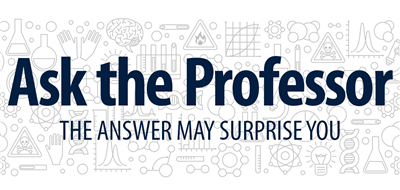What is coronavirus?
Over the past few weeks, there has been a great deal of media attention and public concern about a new respiratory virus that has emerged called novel coronavirus (2019-nCoV). This virus was first identified in the city of Wuhan, China. To date, the majority of cases have occurred in China; however, the virus has spread to other countries, including the United States. Although this continues to be a rapidly evolving situation. As of the writing of this article, China has experienced over 28,000 cases with over 500 deaths from novel coronavirus. There have been 191 cases in other countries, including 12 cases in the United States. Only one fatality has occurred outside of China.
What are the symptoms?
Since this virus has not previously been seen in humans, experts are continuing to study the specific characteristics of 2019-nCoV. This virus can lead to respiratory symptoms such as fever, cough, shortness of breath or difficulty breathing and can spread from person to person. Symptoms may occur in as little as two days or as long as 14 days after exposure. It’s likely that it is spread by respiratory droplets produced from coughs or sneezes, similar to the cold or flu. The complete picture of disease severity is not yet fully understood, but reported illnesses have ranged from mild to severe.
How are cases being identified?
Currently, testing for novel coronavirus is only being done at Centers for Disease Control and Prevention (CDC) labs. However, a new rapid test has been developed and will soon be made available to states and local communities, including the Nevada State Public Health Lab on our University campus. At this time, there is not a specific anti-viral treatment for 2019 n-CoV, but experts are hard at work to develop possible treatments as well as a vaccine.
How is the U.S. government reacting?
Due to the continued spread of this virus in China as well as in other countries, the United States government has taken additional steps to restrict travel to and from China. Currently, foreign nationals who have traveled in China within the past 14 days are temporarily prohibited from entry into the United States. Americans returning from Hubei province of China will be allowed into the United States, but will be subject to a mandatory 14-day quarantine. Americans returning from other parts of China will be required to self-monitor for signs of illness for 14 days after their return.
Should I be concerned?
With the onset of any new infectious disease, there is understandable concern and anxiety as information about infectivity, severity, and public health risk is gathered. While the risk of this new virus to individuals in the United States is low, it is important to remember that this is cold and flu season and that respiratory symptoms are common. The U.S. has documented 12 cases of novel coronavirus with no fatalities. In comparison, the CDC reports over 19 million flu illnesses with 10,000 fatalities from influenza already this season. Simple health practices will help prevent these and other respiratory illnesses.
- Wash your hands for 20 seconds with soap and water
- Avoid touching your eyes, nose and mouth
- Avoid close contact with people who are sick
- Stay home when you are sick
- Cover your cough or sneeze
- Clean and disinfect surfaces
At the University of Nevada, Reno School of Medicine, we continue to monitor the situation closely. Our medical staff is staying up-to-date with guidelines and recommendations to help promote the health and safety of our campus and our community.













